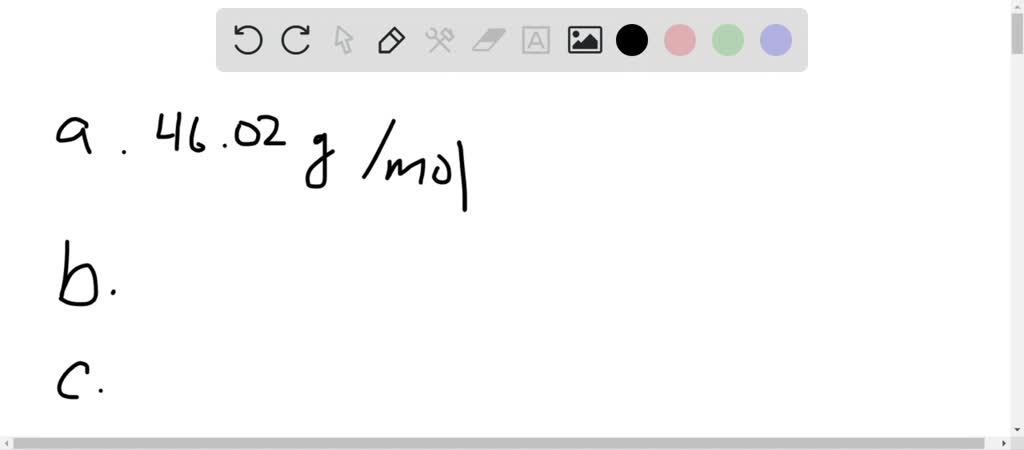
Molecular mass, for example, is often derived from the mass spectrum of the compound (see discussion of this technique in the previous chapter on atoms and molecules). These quantities may be determined experimentally by various measurement techniques. Determining the absolute numbers of atoms that compose a single molecule of a covalent compound requires knowledge of both its empirical formula and its molecular mass or molar mass. Recall that empirical formulas are symbols representing the relative numbers of a compound’s elements. The percent composition of this compound could be represented as follows: For example, consider a gaseous compound composed solely of carbon and hydrogen. The results of these measurements permit the calculation of the compound’s percent composition, defined as the percentage by mass of each element in the compound. When a compound’s formula is unknown, measuring the mass of each of its constituent elements is often the first step in the process of determining the formula experimentally. The elemental makeup of a compound defines its chemical identity, and chemical formulas are the most succinct way of representing this elemental makeup.

But what if the chemical formula of a substance is unknown? In this section, these same principles will be applied to derive the chemical formulas of unknown substances from experimental mass measurements. Given the chemical formula of the substance, one may determine the amount of the substance (moles) from its mass, and vice versa. The previous section discussed the relationship between the bulk mass of a substance and the number of atoms or molecules it contains (moles).

Determine the molecular formula of a compound.Determine the empirical formula of a compound.Compute the percent composition of a compound.By the end of this section, you will be able to:


 0 kommentar(er)
0 kommentar(er)
